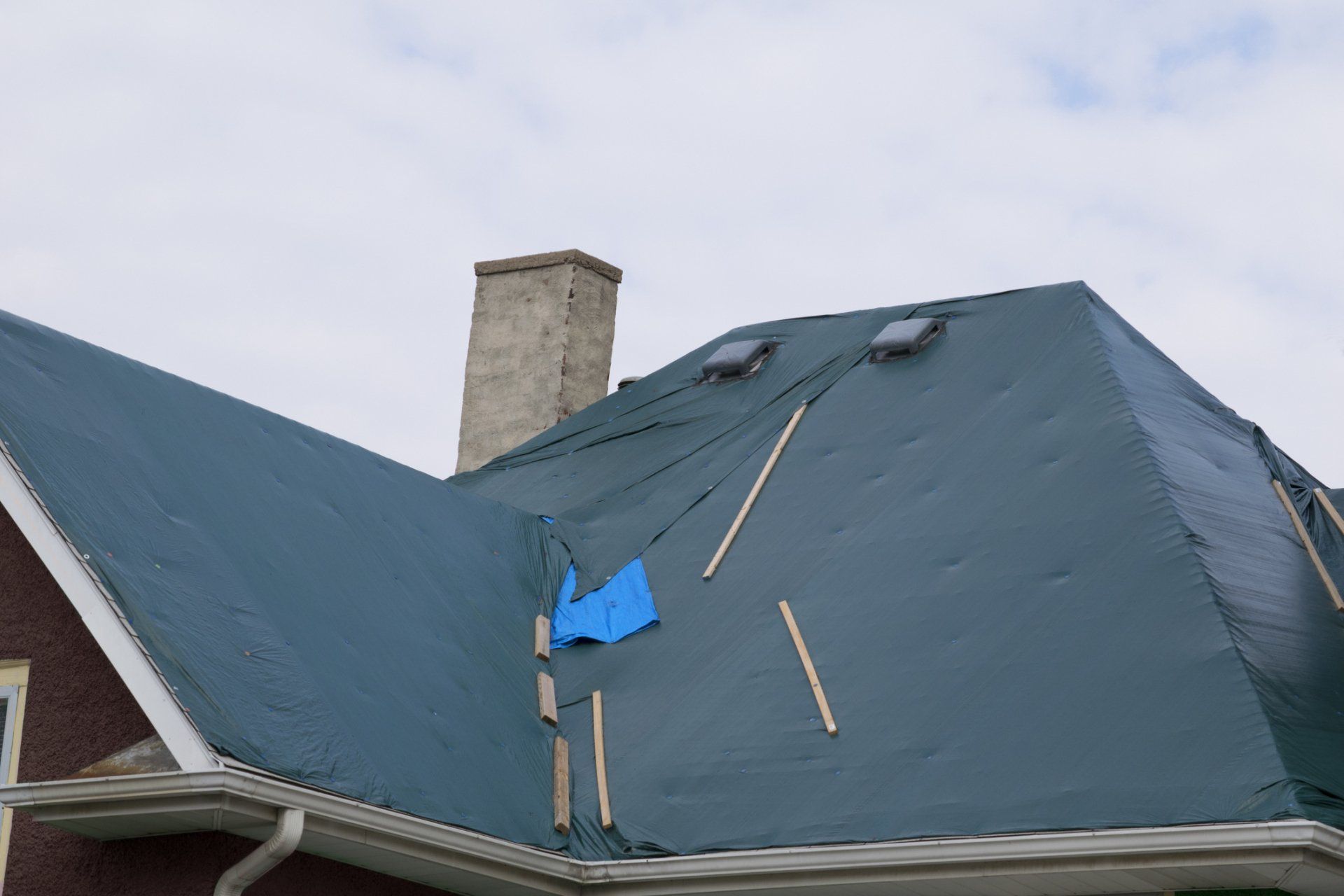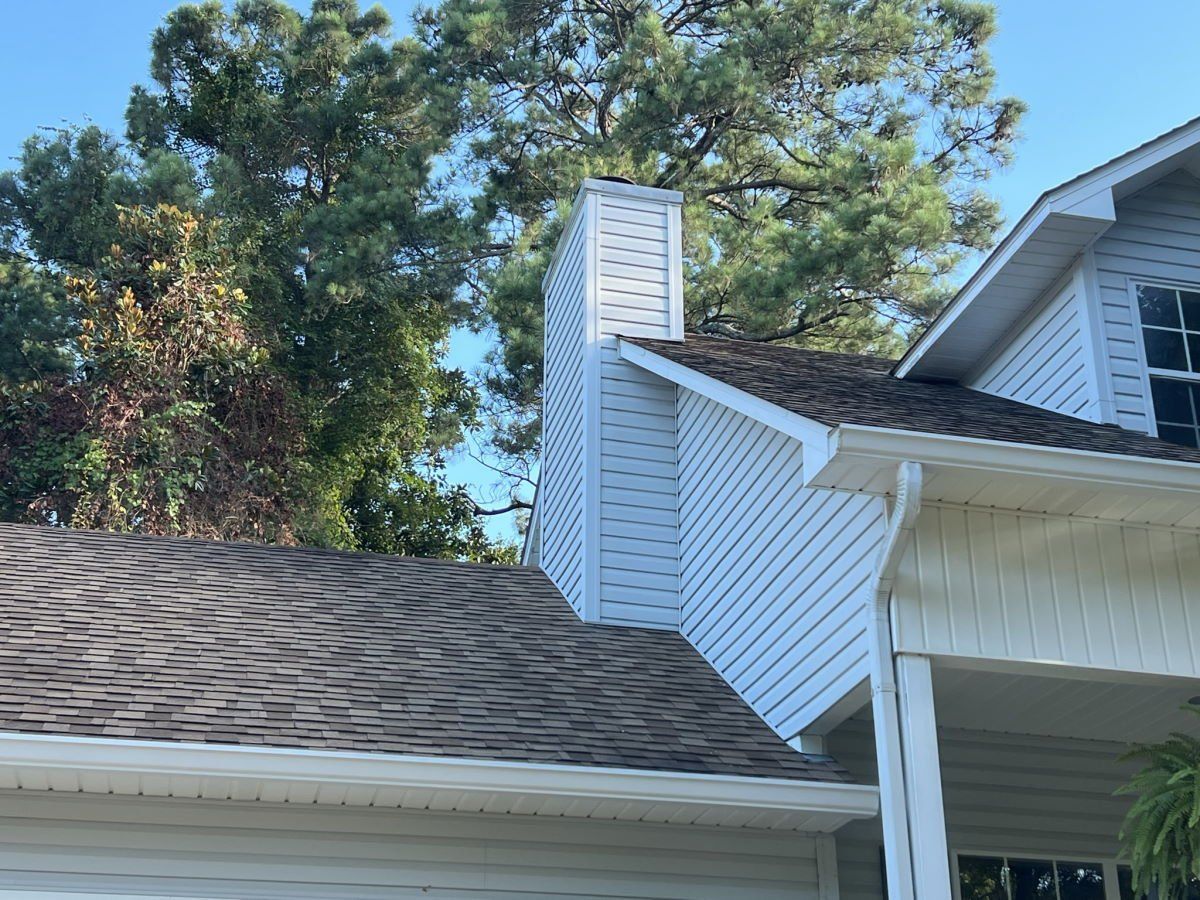When to Repair, Patch, or Replace Your Roof: A Comprehensive Guide
Your roof is one of the most important parts of your home, and keeping it in good condition is important. But how do you know when to repair, patch, or replace your roof? This comprehensive guide will help you make the right decision for your home.
If you're not sure whether you need a roof replacement or a simple repair, here is a comprehensive guide to help you determine when it’s time to take action on your roof.
When to Repair Your Roof?
If your roof is less than 15 years old and you’re experiencing one or more of the following problems, a roof repair may be all that you need.
Regular maintenance and prompt repairs will extend the life of your roof and save you money in the long run. Here are some signs that it’s time to repair your roof:
A Few Shingles Missing, Cracked, or Curling
Shingles are the main layer of protection for your roof, so it’s important to keep an eye on them. If you notice any curling, cracked, or damaged shingles, it’s time to have your roof inspected by a professional.
By looking at the extent of damaged or missing shingles, they will be able to determine if a repair is all that’s needed or if you need a more extensive roof replacement.
Leaks In Your Attic Or Ceiling
If you’re noticing water stains on your ceiling, it’s time to call a roofer. Leaks can be caused by various things, including cracked shingles, improper flashing, or old gutters. A professional will be able to determine the cause of the leak and make the necessary repairs.
In most cases, roof repairs are quick and easy fixes for leakage that will extend the life of your roof. However, there are some cases where a repair is insufficient, and you will need to replace your roof.
Chimney Leaks
Chimneys are a common source of leaks, but they can be easily repaired. If you have a leaky chimney, the first thing you should do is check the flashing. The flashing is the metal strip that seals the gap between your chimney and roof. If the flashing is damaged or missing, it must be replaced.
Gutter Leaks
Gutter leaks are another common problem that can be easily fixed with a repair. If your gutters are leaking, it’s likely because they’re clogged, or the seals are damaged. You can clean your gutters yourself or hire a professional to do it for you. Once they’re clean, you can replace the seals and stop the leaks.
When to Patch Your Roof?
Patching your roof is a temporary fix that should only be used if you’re waiting for a more permanent repair or replacement. Patching is also a good option if you have a small leak or hole in your roof.
You’ll need to purchase a patch kit from your local hardware store to patch your roof. These kits contain everything you need to fix a hole or leak in your roof temporarily.
It is generally advisable to replace your roof when there is significant damage, such as large holes or cracks. However, if the damage is minor, you may be able to get away with a simple repair. If you're stuck in a situation where you can't do either, we recommend at least putting up a solid roof tarp to buy yourself some time.
If you are unsure whether the damage is significant enough to warrant a patch, it is always best to consult with a roofing contractor for a professional roof inspection.
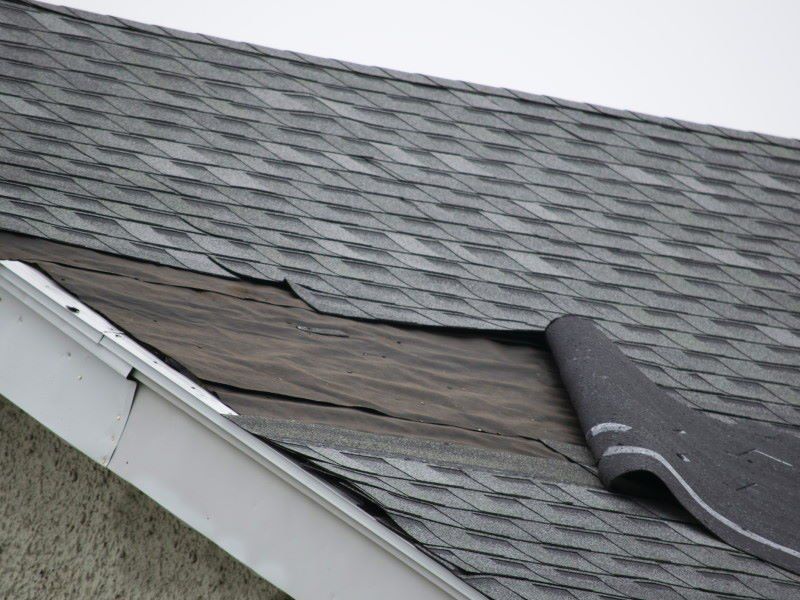
When to Replace Your Roof?
Sometimes, a repair just isn’t enough, and you need to replace your roof. Here are some warning signs that it’s time for a roof replacement:
Your Roof Is More Than 20 Years Old
If your roof is over 20 years old, it’s time to start thinking about replacing it. Most roofs last between 20 and 25 years, so if yours is approaching that age, it’s time to start planning a replacement.
Your Roof Has Severe Damage
If the roof damage is significant due to extreme weather, a major storm, or a fallen tree limb, such as large holes or cracks, it’s time to replace it. Repairs can only do so much; eventually, the damage will become too great to ignore.
Your Entire Roof Area Is Sagging
If you notice that your roof is sagging, it’s a sign that the structural integrity of your roof has been compromised. This is a serious issue that can only be fixed with a replacement.
You’re Experiencing Frequent Leaks
If you find yourself patching up leaks on a regular basis, it’s time to replace your roof. Leaks are a sign that your roof is failing, and they will only become more frequent as time goes on.
Your Energy Bills Are Higher Than Usual
If you’ve noticed a sudden increase in your energy bills, it could be because your roof can no longer keep your home cool in the summer or warm in the winter. This is a sign that your roof is no longer doing its job and needs to be replaced.
Full Roof Replacement vs. Partial Roof Replacement
When it’s time to replace your roof, you have two options: a full replacement or a partial replacement. A full replacement involves removing the whole roof and installing a new one. A partial replacement only replaces the damaged portion of the roof.
The type of replacement you need will depend on the extent of the damage. If only a few shingles are damaged, a partial replacement may be all that’s needed. However, a full replacement will be necessary if the damage is widespread.
You should also consider the age of your roof when deciding whether to replace it. If your roof is approaching the end of its lifespan, a full replacement may be the best option. This will ensure that your new roof will last for many years to come.
Difference Between Roof Replacement and Re-Roofing
Roof replacement and re-roofing are two terms that are often used interchangeably, but they are actually two different things.
Roof replacement is exactly what it sounds like: the entire roof is removed and replaced with a new one. This is usually necessary when the roof is severely damaged or over 20 years old.
Re-roofing, on the other hand, is a process in which a new layer of shingles is installed over the existing one. This is usually only necessary if the existing roof is in good condition but needs a little TLC.
Unlike roof replacement, re-roofing is a much less invasive and labor-intensive process.
How to Know Whether to Repair, Patch, Or Replace Your Roof
The decision to repair, patch, or replace your roof depends on a few factors, including your roof's age, the damage's severity, and your budget.
First, consider the age and condition of your roof. If it's more than 20 years old and has seen better days, it's probably time for a replacement. Likewise, it's time for a new roof if you've been dealing with frequent leaks or other issues.
On the other hand, if your roof is in relatively good condition and doesn't have any major problems, a simple repair may be all that's needed. Patching is another option if you have just a few areas that need attention. Ultimately, the decision of when to repair, patch, or replace your roof comes down to your home's specific situation and needs.
Trustworthy roofing professionals can help you determine what's best for your particular case.
How Much Does It Cost To Repair, Patch, or Replace a Roof?
The cost of repairing, patching, or replacing your roof depends on the extent of the damage, the type of roof you have, and the size of your home.
Minor repairs can cost as little as $100, while major repairs can cost upwards of $1000. If you need to replace your roof, costs will vary depending on your roof type and roofing materials.
For example, installing a new asphalt shingles roof can cost between $2000 and $3000, while a metal roof can cost between $6000 and $8000.
The best way to get an accurate estimate of the cost to repair, patch, or replace your roof is to consult with a professional roofing contractor. They will be able to assess the damage and give you a more accurate estimate.
Conclusion
When it comes to your roof, don't take chances.
Don’t wait until it’s too late—if you think you have roof issues, have it inspected as soon as possible.
If you have any further questions or would like an opinion from a
professional roofing company, don’t hesitate to contact us. We would be more than happy to help!

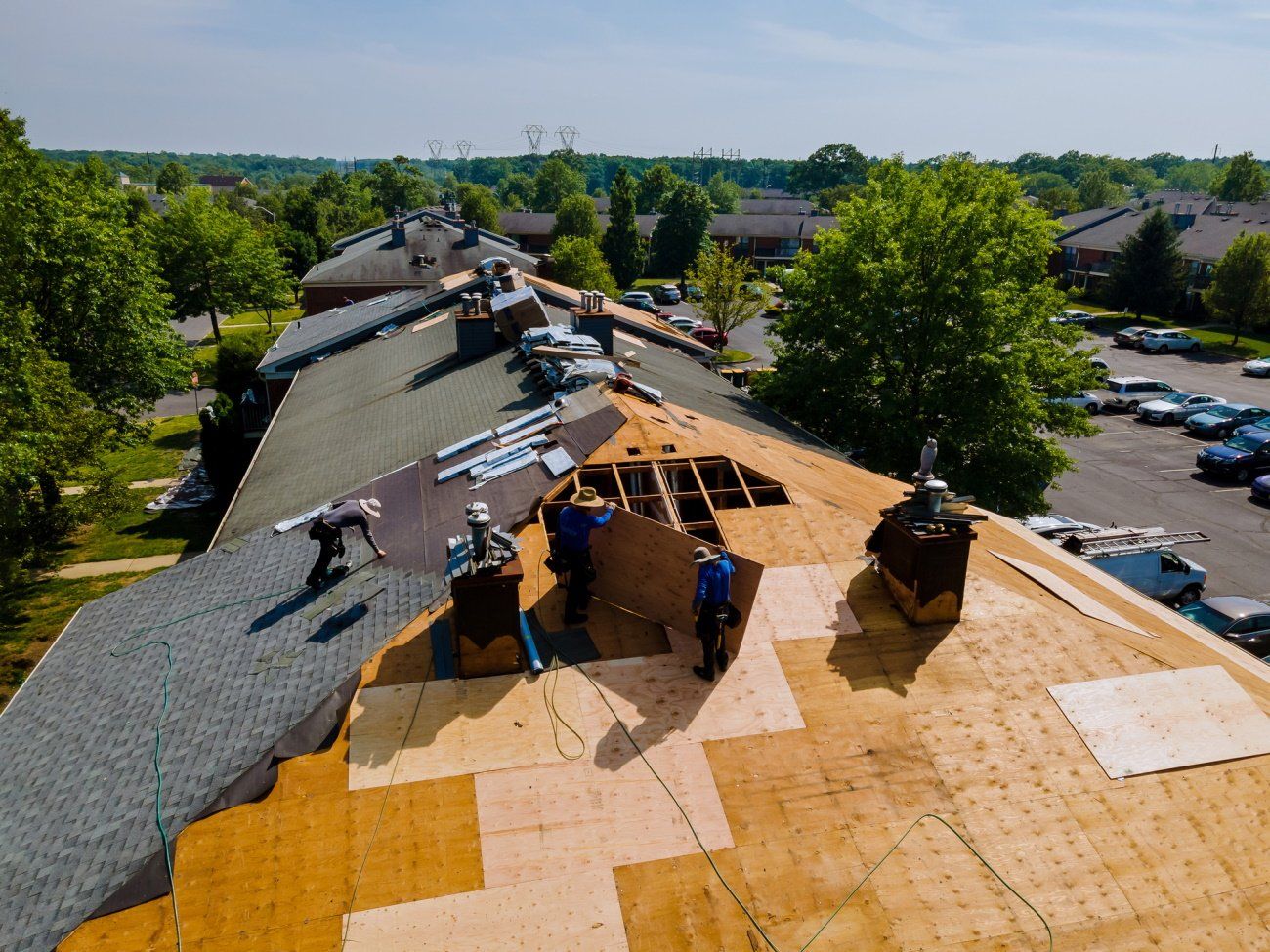
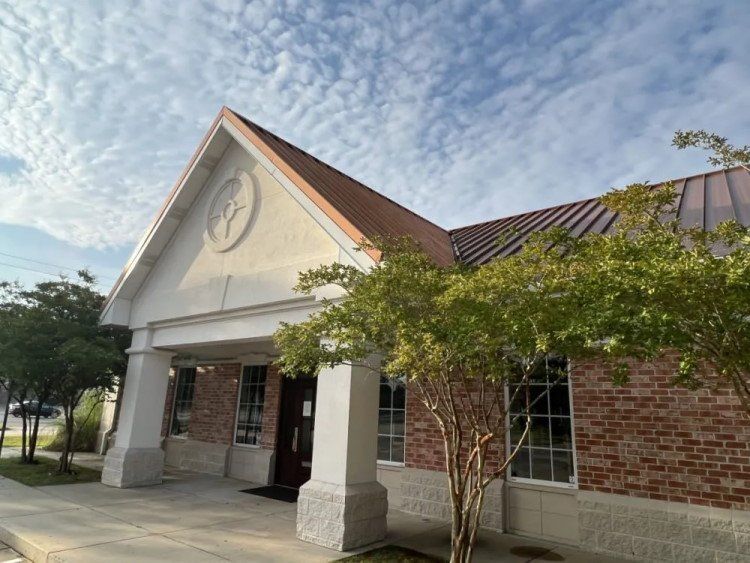
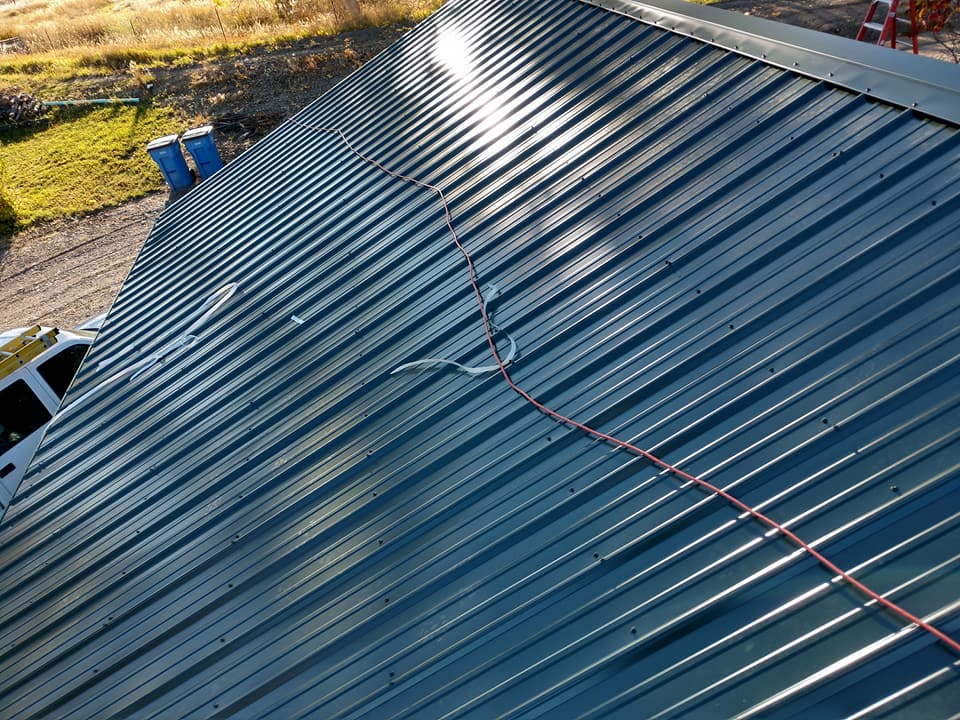
![What Is Torch Down Roofing? [Benefits and Downsides]](https://lirp.cdn-website.com/d89ea654/dms3rep/multi/opt/iStock-1092069734-6690c8ea-1920w.jpg)
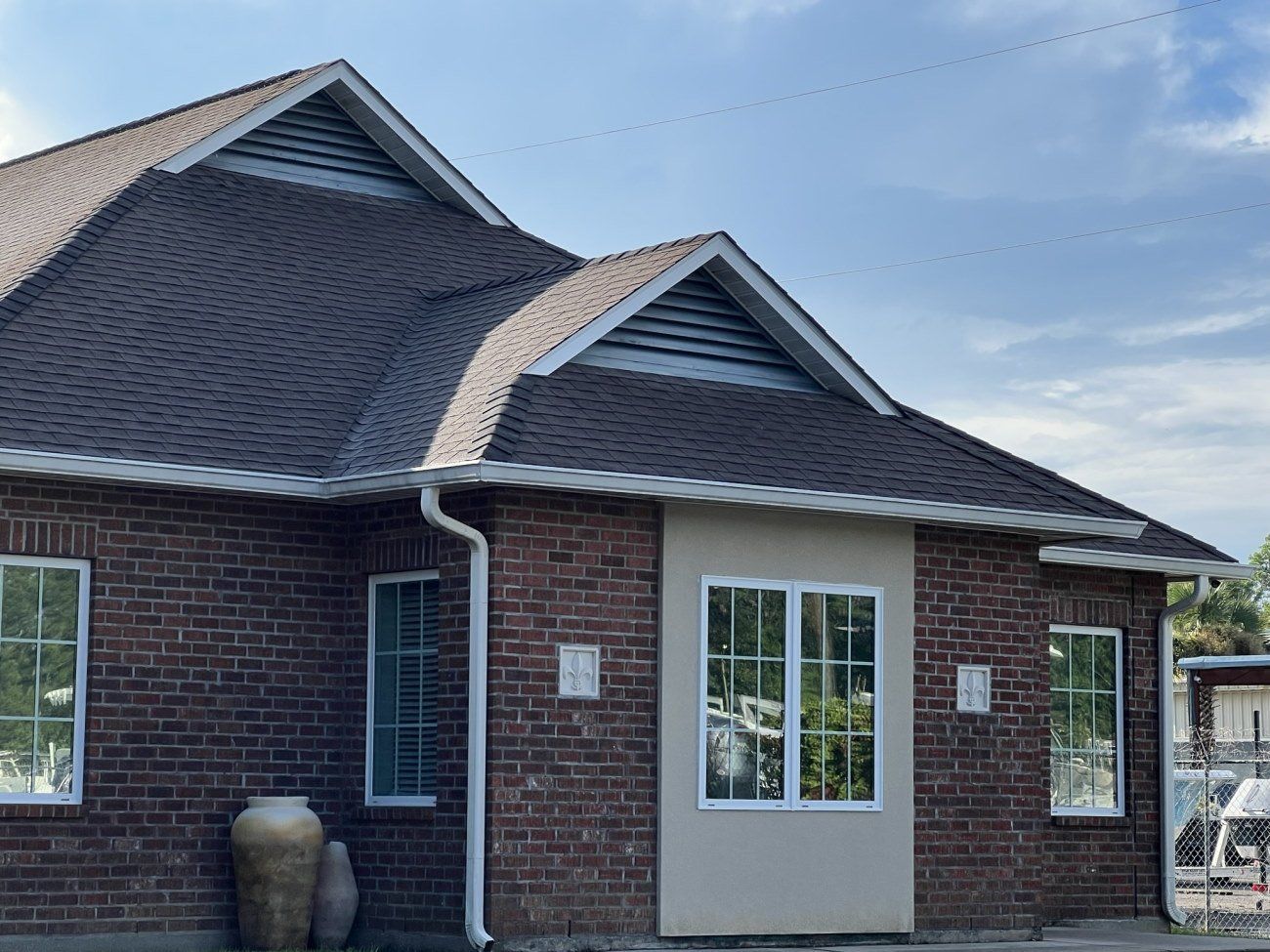
![How to Remove Moss from Your Roof [The Ultimate Guide]](https://lirp.cdn-website.com/d89ea654/dms3rep/multi/opt/older+roof+in+need+of+roof+repair+in+Orange+Beach-1920w.JPEG)
